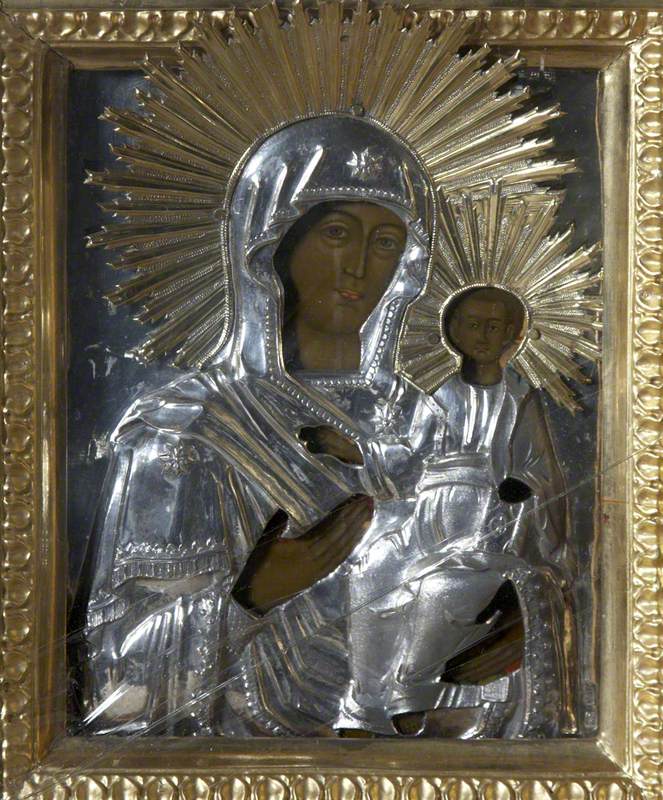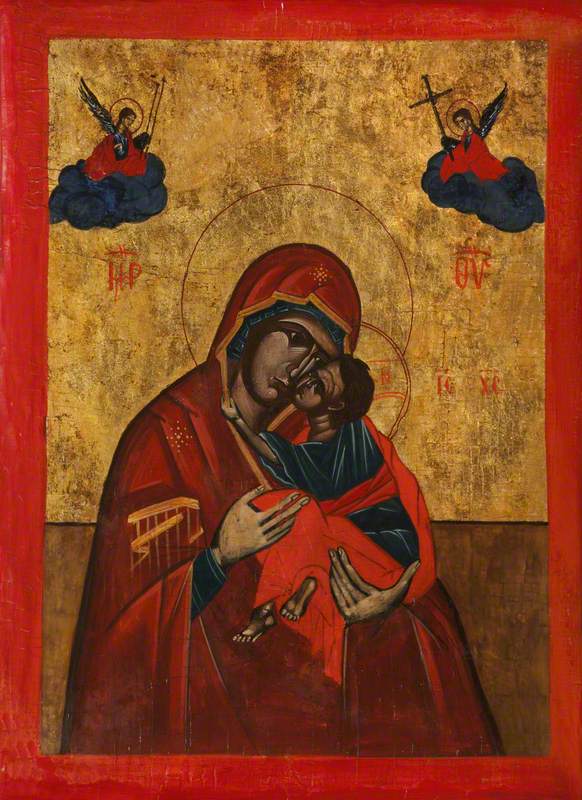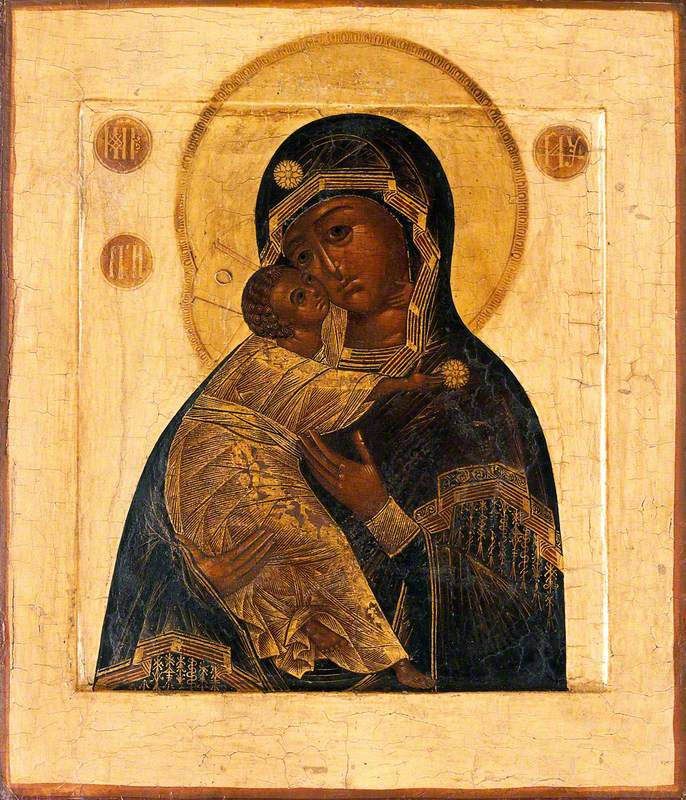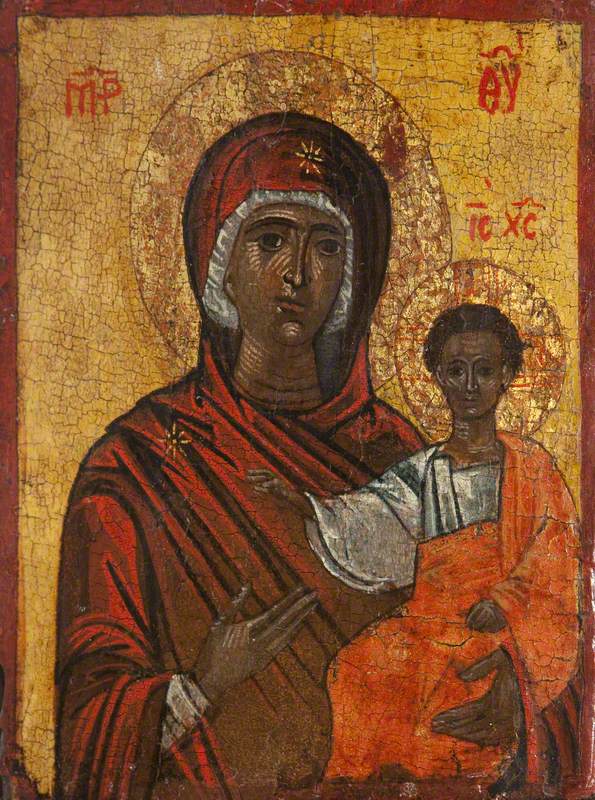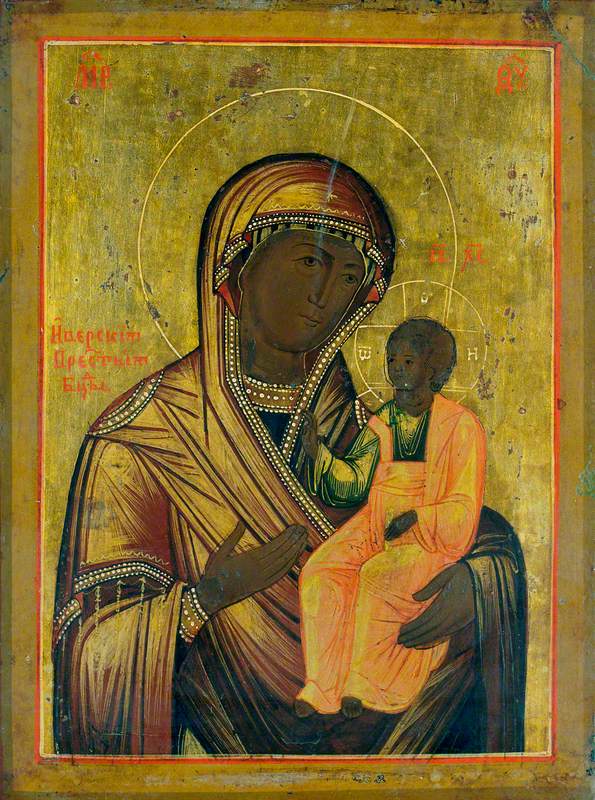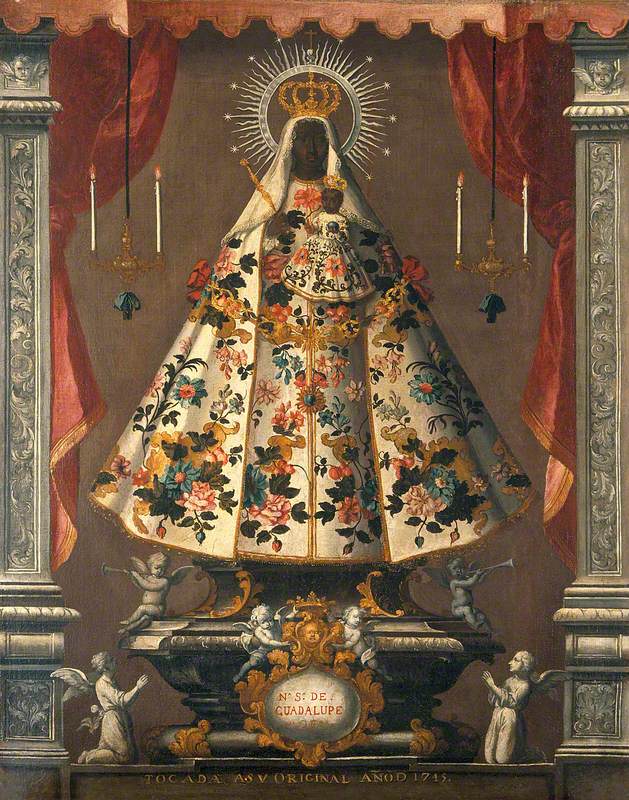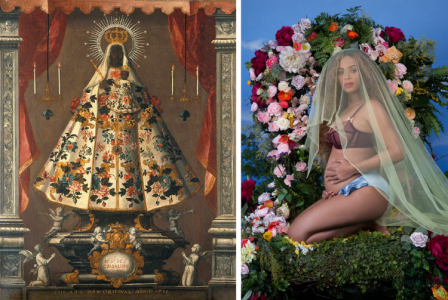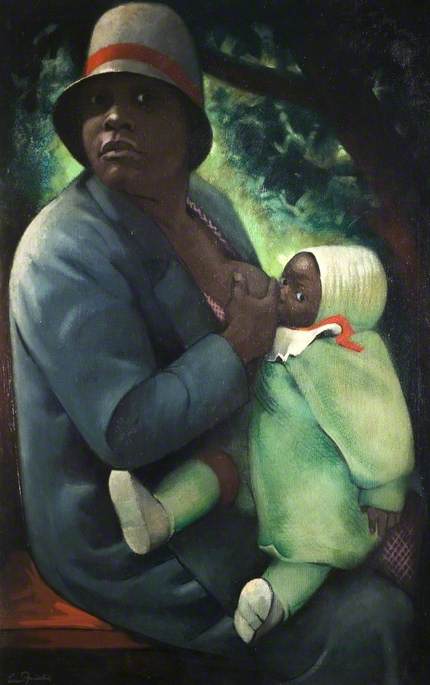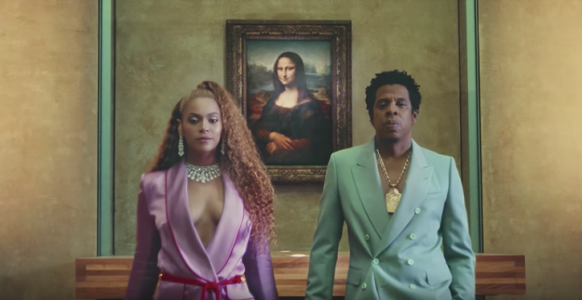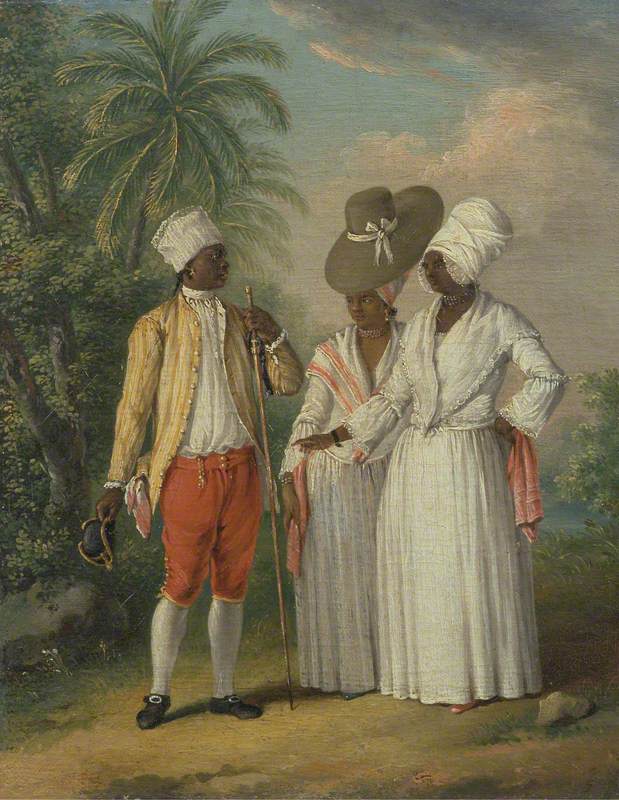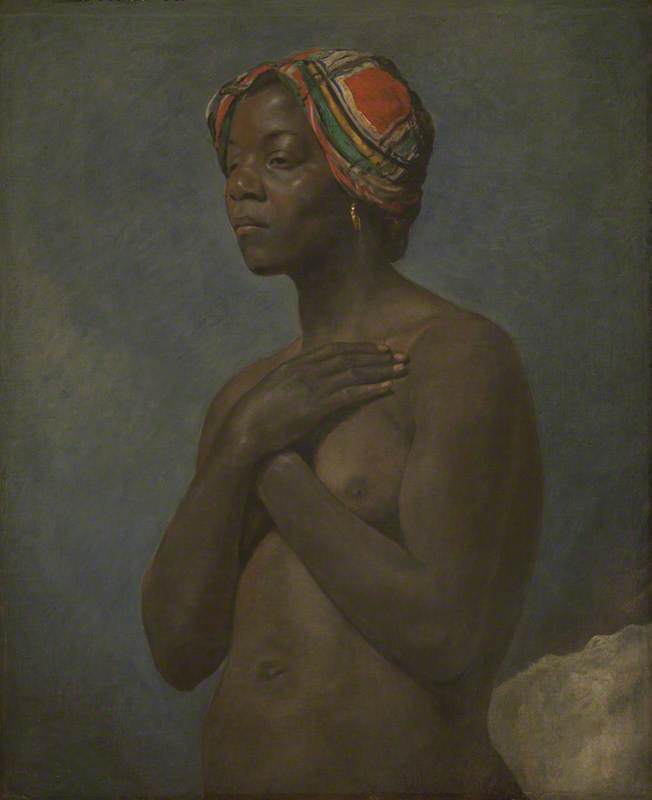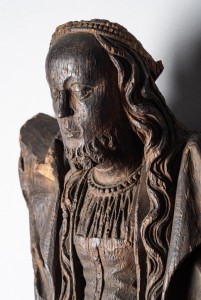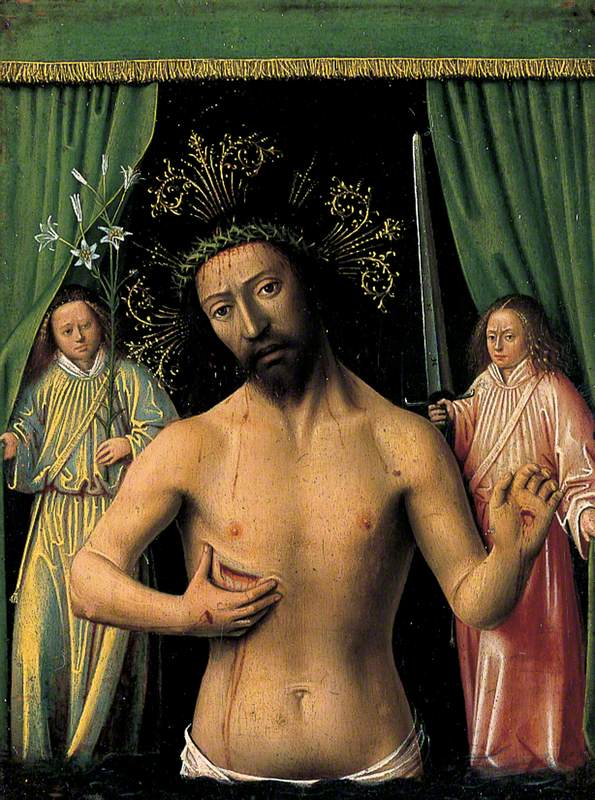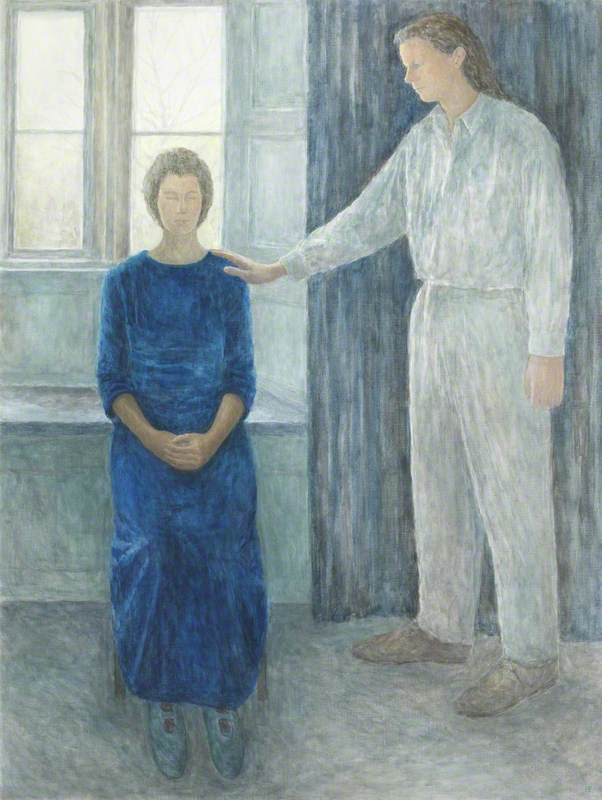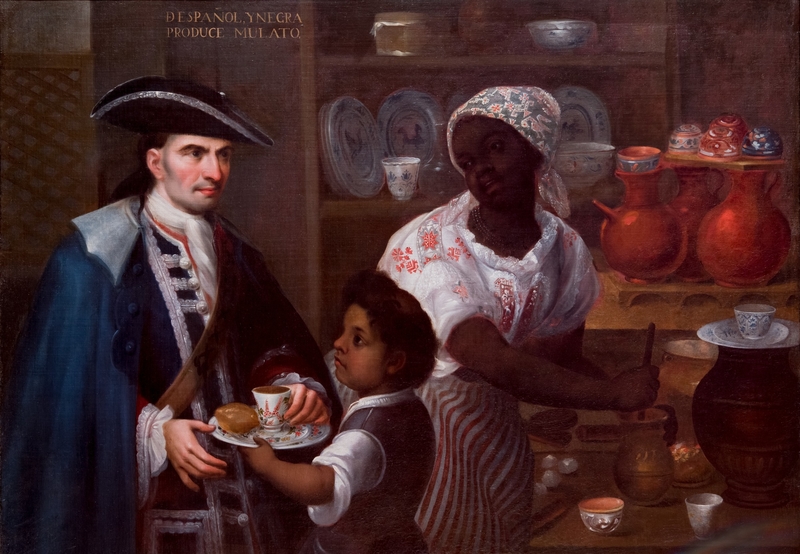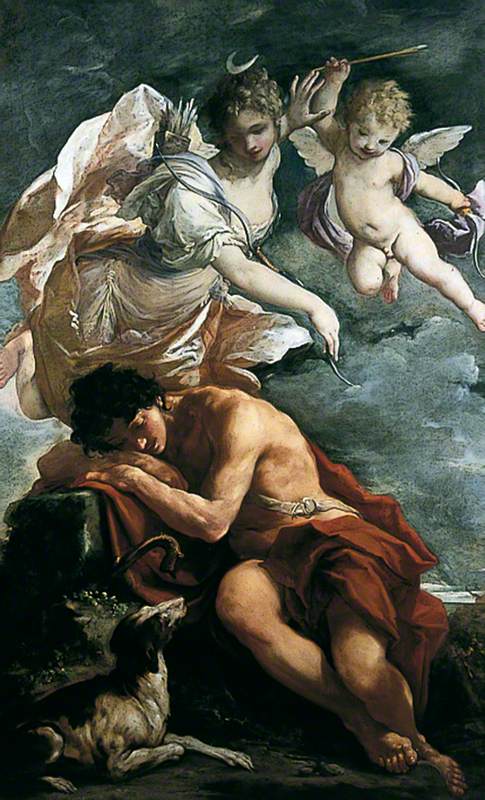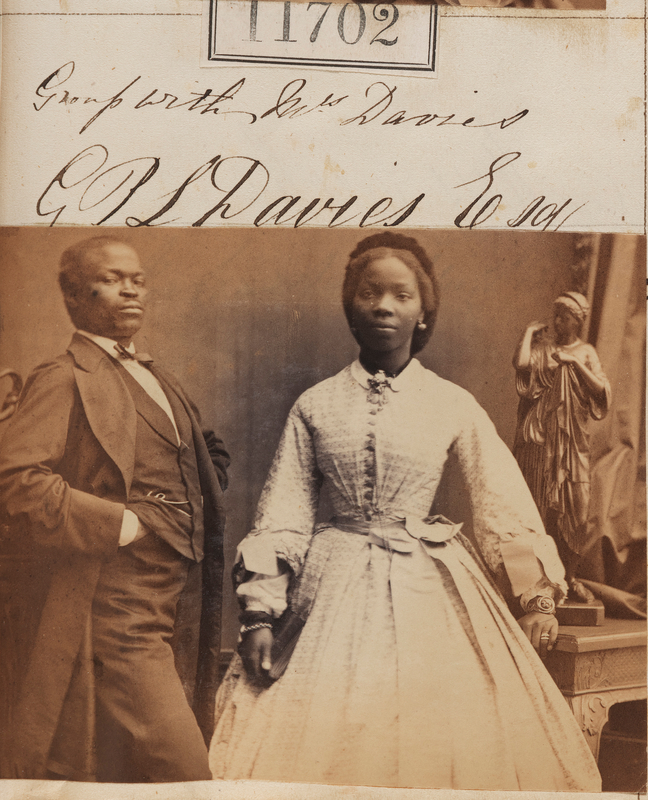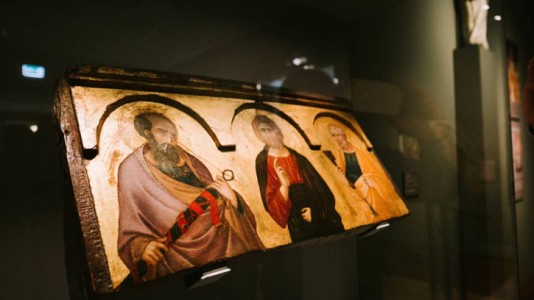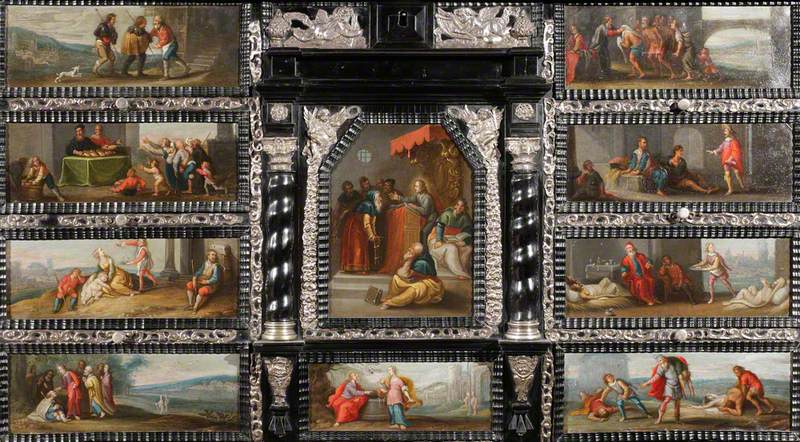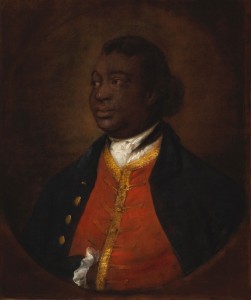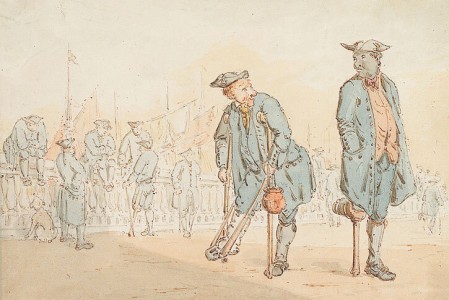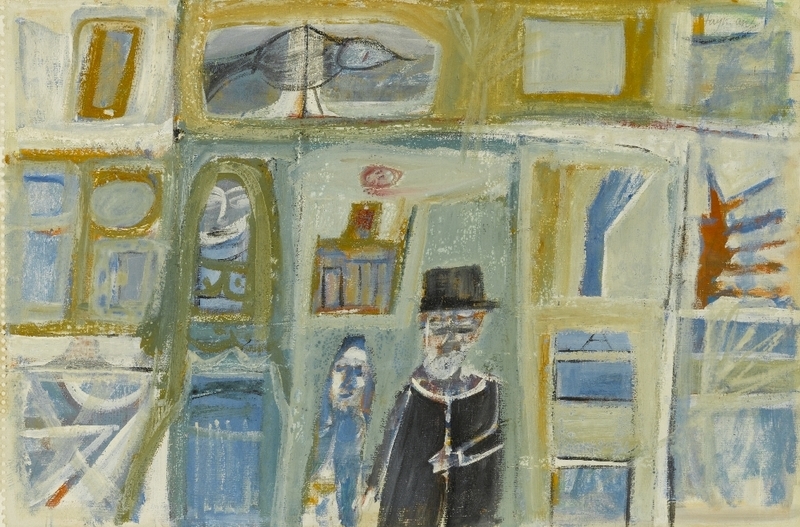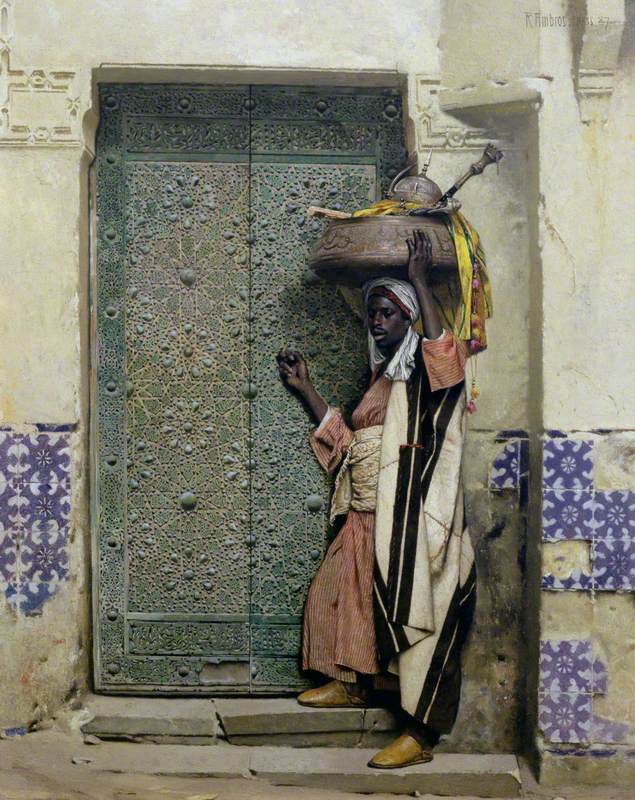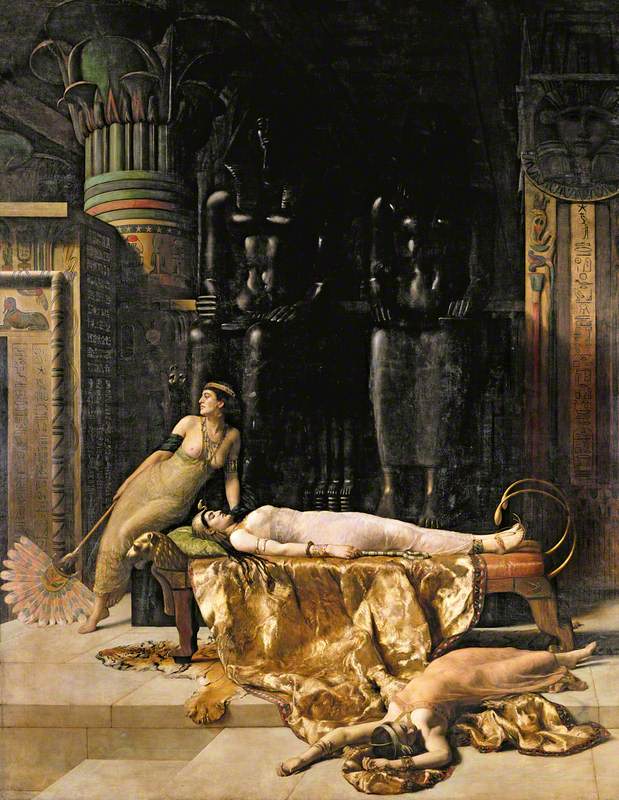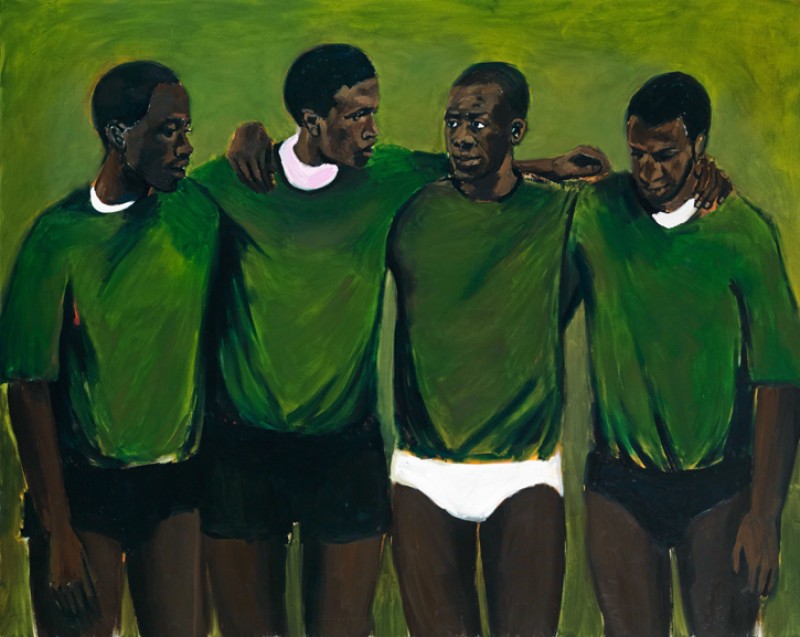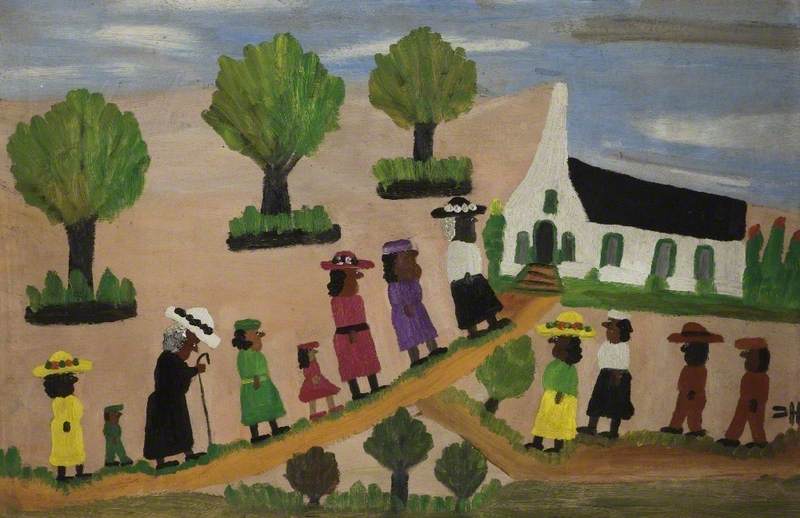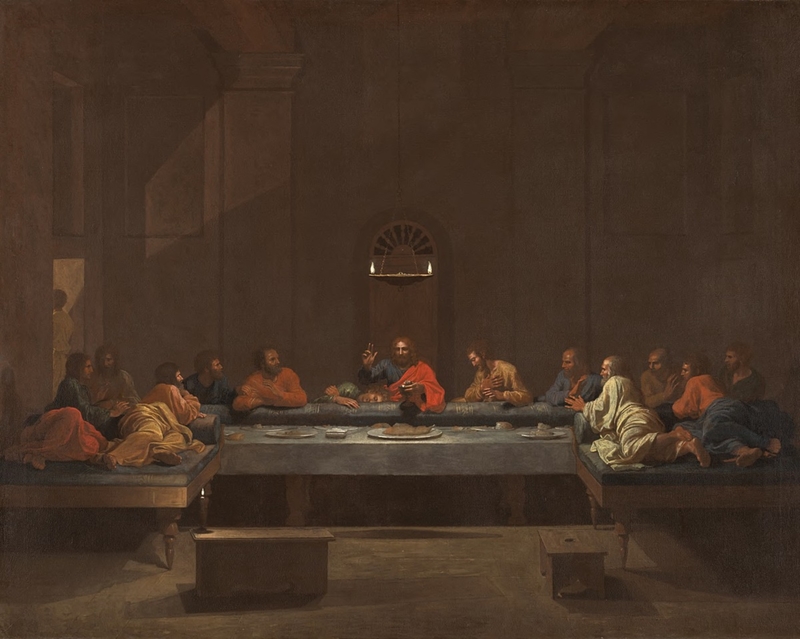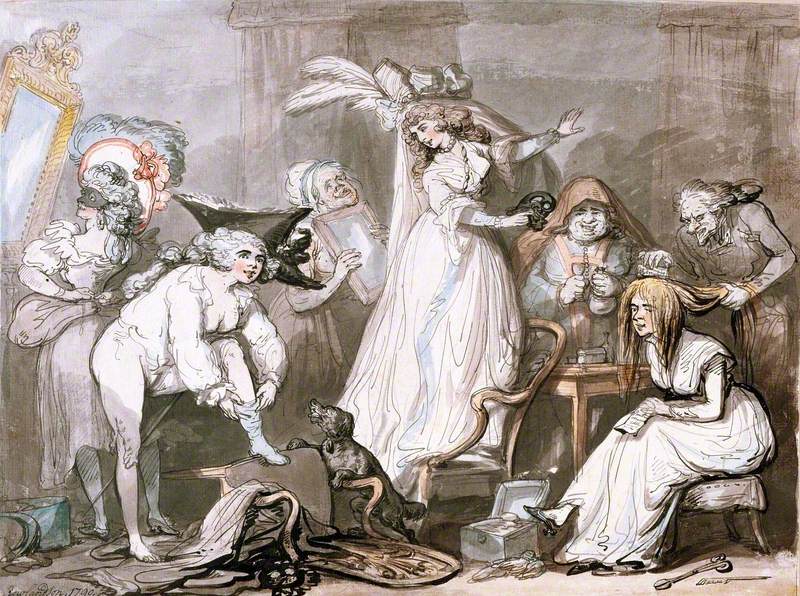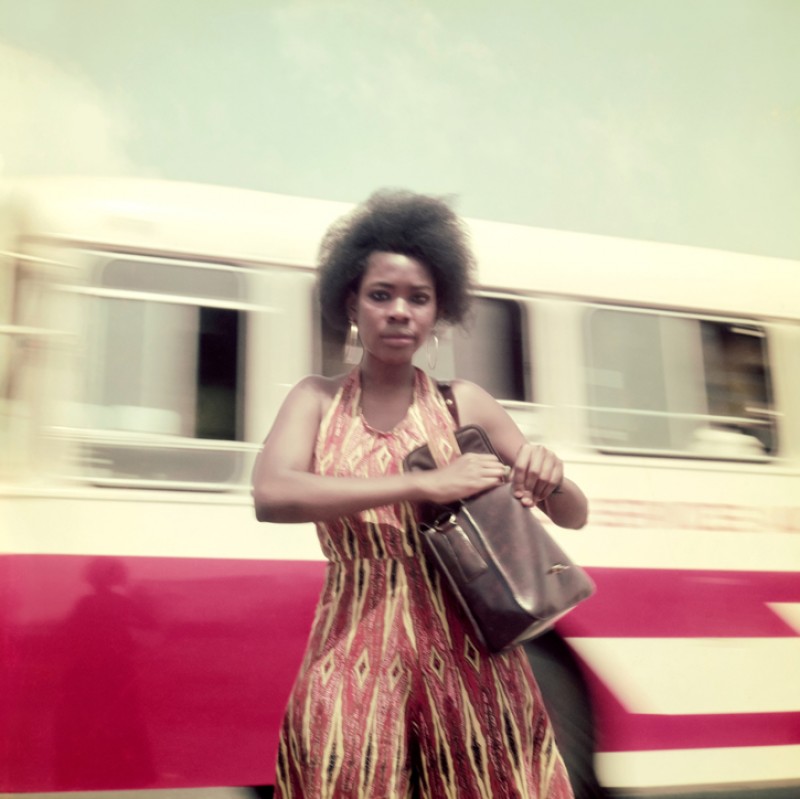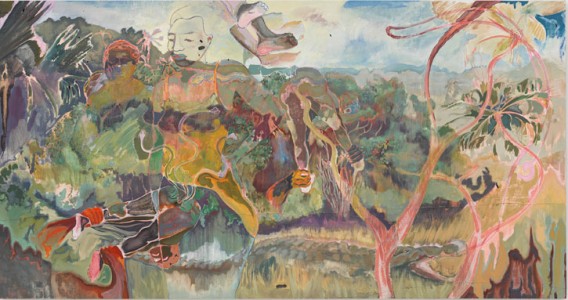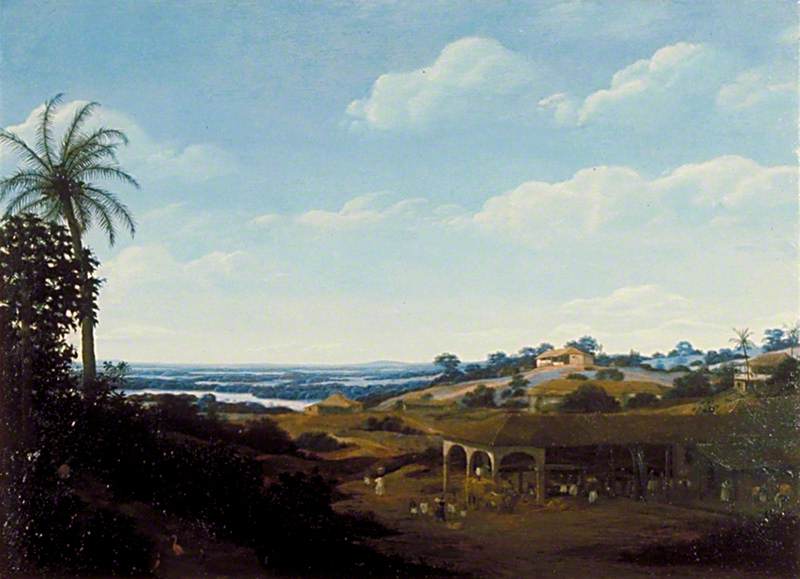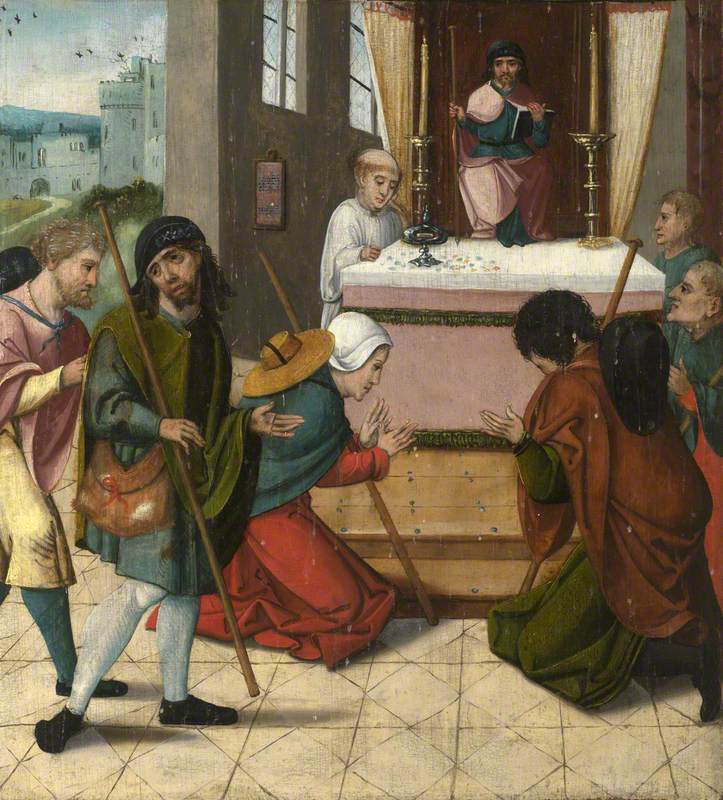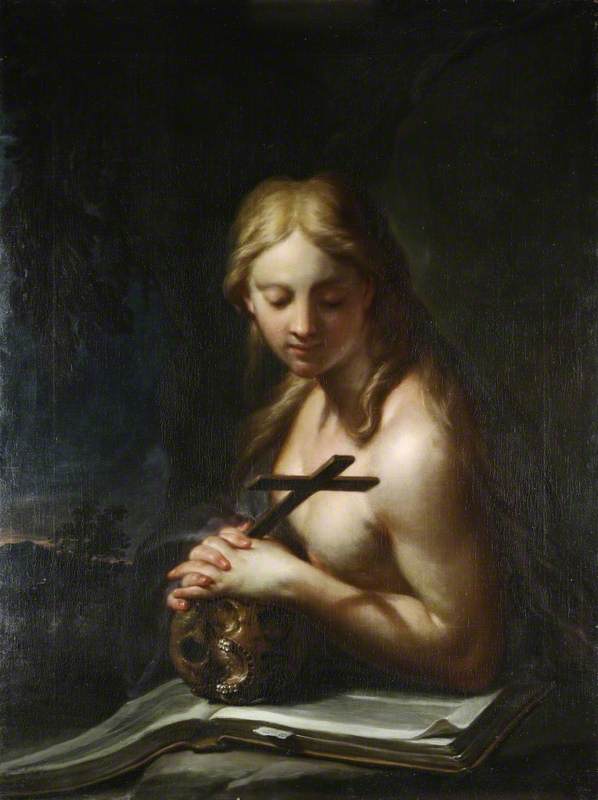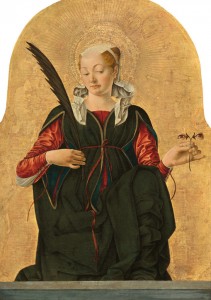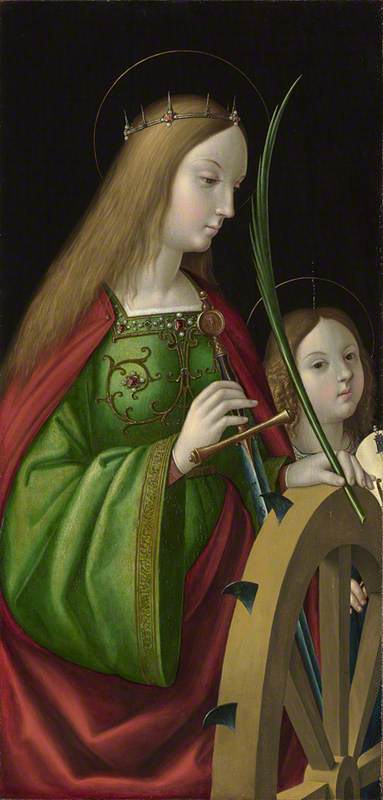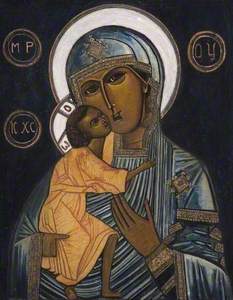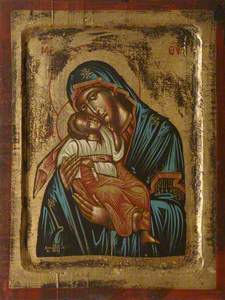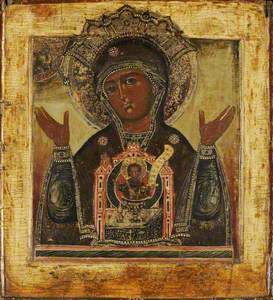If I ask you to close your eyes and visualise the Virgin Mary, I'm sure many of us would conjure a similar image. Most likely a solemn figure draped in a veil – perhaps seated holding a variably anatomically correct baby Jesus.
Typically, she's represented with dark hair and white skin, but throughout the world, one can find paintings and statues of the Virgin Mary with brown or dark skin. These depictions are often referred to as Black Madonnas (not to be confused with more contemporary black Madonnas).
Many of these representations of the Virgin started with fairer skin and became darker in colour over time. This can be a general effect of ageing materials, or a result of exposure to environmental factors, such as smoke from votive candles. Over time, these paintings and statues were associated with special properties, and pilgrims would make journeys to worship and be blessed in their presence.
Churches in possession of a Black Madonna took increasing pride of their shrines, in some cases opting to preserve the new colouring rather than make restorations or even replicating the Madonnas with the darker tones they'd acquired over time. What's interesting is that, somewhere in the process of the Madonnas taking on a darker colour, believers seem to view the change as a visual manifestation of the effigies' heightened spiritual power. They aren't just seen as Madonnas that became darker over time – they're seen as having transcended into Black Madonnas, made black through the grace of God.
Our Lady of Guidance, Manila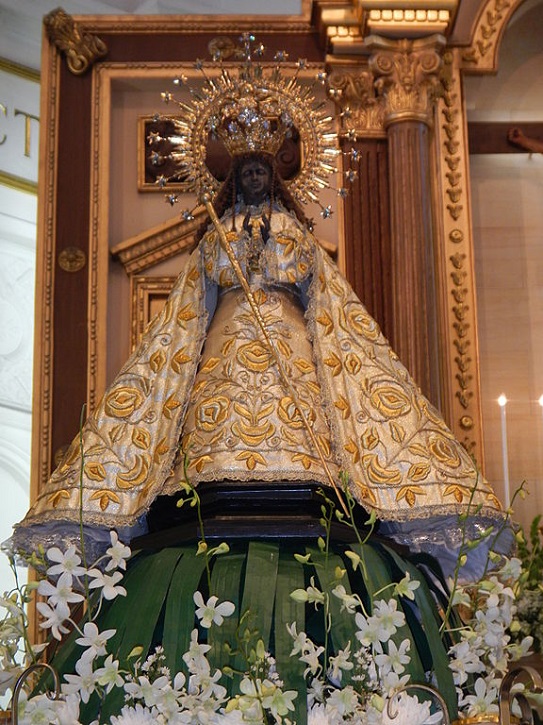
I am black, but comely, O ye daughters of Jerusalem, as the tents of Kedar, as the curtains of Solomon.
One theory on the origin of some of the effigies points to a verse in The Song of Solomon (1:5), in which a woman (not Mary) refers to herself as being 'black' or 'dark' (depending on the version). It seems to me that this idea has been retrofitted to the Black Madonnas, as there doesn't appear to be much evidence to substantiate it.
The verse quoted is often clipped before continuing to the next line in which the woman continues with, 'Look not upon me, because I am black, because the sun hath looked upon me: my mother's children were angry with me; they made me the keeper of the vineyards; but mine own vineyard have I not kept.' The flaws in this theory are that the woman speaking isn't Mary, and it appears that she's referring to being tanned from having worked in the vineyards, rather than being a black woman.
For these reasons, this theory doesn't seem to sufficiently account for why statues and paintings of the Virgin would be rendered with darker pigmentation.
Another origin theory that seems more plausible supposes that Black Madonnas could be an amalgamation of the Virgin Mary and pagan figures such as Isis or Ceres. The logic being that in areas where it was popular to worship these figures, their likenesses could have been reappropriated to use as representations of the Virgin as people converted to Christianity. It was not uncommon to incorporate other customs and iconography into Christianity as the faith spread, as evidenced in a letter of AD 601 by Pope Gregory the Great instructing this practice.
It's likely that some mixture of the above accounts for the appearance of Black Madonnas. Irrespective of their origin, the reverence of a Holy Mother with dark skin lifts black and brown women up within Christian iconology, connecting them to the Virgin's symbolism of maternal sacrifice and love. They're a little-known icon of Christianity that I'd happily celebrate as a black mother.
Ferren Gipson, Social Media Marketer at Art UK

